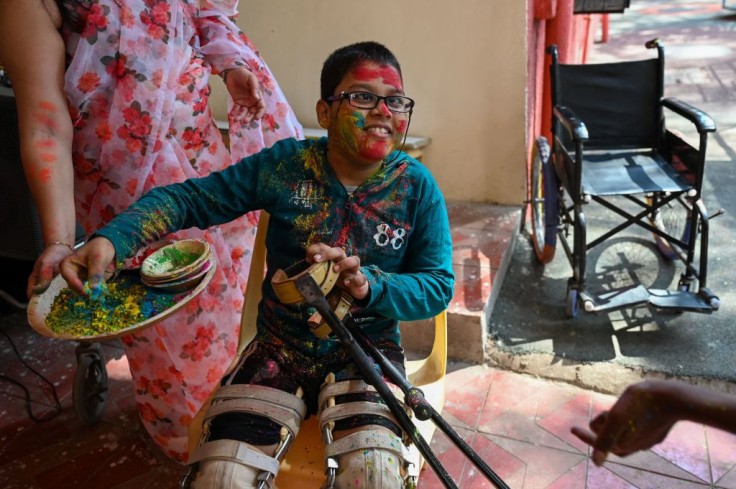
A new research suggests that nearly a third of children and adolescents with disabilities has experienced violence, which is defined as emotional, physical, or sexual abuse as well as neglect. It is everything from being struck or verbally attacked by a relative to even cyberbullying.
Disabled kids and adolescents are reportedly twice as likely to experience violence as young people without disabilities. That is a staggering figure with a tremendous number of kids currently affected. According to the Guardian, an estimated 291 million children and adolescents have disabilities such as epilepsy, hearing or vision loss, or intellectual disabilities.
The review, which was published in the medical journal The Lancet Child and Adolescent Health, reasserts the disheartening conclusions of a World Health Organization-backed review published a decade ago in The Lancet, focusing on high-income countries.
Study focuses on low-income and middle-income countries
The review this time around gathered data from low-income and middle-income countries, where the overwhelming majority of children and adolescents with disabilities live. It provides a somewhat clearer picture of the problem globally. The new study also included a wider range of disabilities than the WHO-backed review published in 2012.
Even though there are limitations to the new material, with only studies in English and Chinese reviewed and data coming from just seven low- and middle-income countries, Mia Ives Rublee told NPR that this is still a very important study because it reveals that violence against children with disabilities happens in different countries of varying income levels.
Rublee, who is the director of the Disability Justice Initiative at the Center for American Progress, a progressive think tank in Washington, D.C., said that the study gives them a framework to ask what they are going to do about this violence. This includes calling on all governments to provide enough resources and information to communities to help alleviate this particular situation.
Leyla Sharafi, a gender adviser at the United Nations Population Fund, who coordinated a similar study in 2018, echoed Rublee's sentiment, saying "An important part of creating lasting change will be welcoming the participation of more people with disabilities, including young people, in policymaking."
Disabled children face unacceptably high levels of violence worldwide
Ilan Cerna-Turoff, a postdoctoral fellow at Columbia University Mailman School of Public Health who co-led the new study, told Science Daily that children with disabilities face unacceptably high levels of violence worldwide.
Cerna-Turoff said that governments face a challenging time in which resources are spread thin in responding to the COVID-19 pandemic and economic and social change. She added that violence prevention leads to better development indicators for our societies and that violence prevention is a worthy and important investment to secure a better future.
Cerna-Turoff also said that all people deserve the right to live in a world in which they are safe from violence, including children with disabilities, and protecting them from violence is a fundamental aspect of social justice and equity.